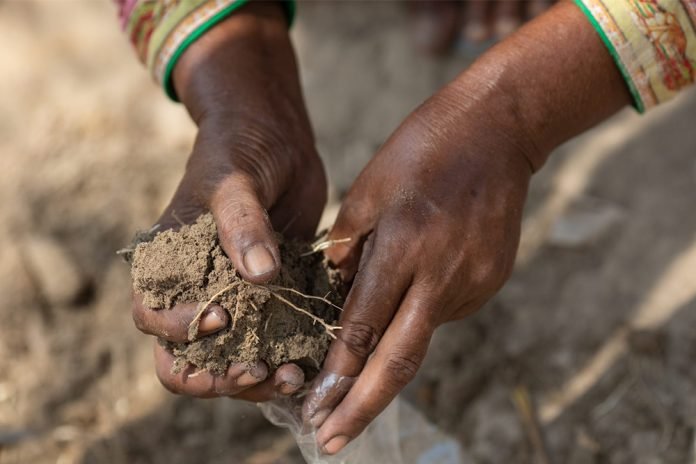With proposed changes to the EU’s much-talked-about Corporate Sustainability Due Diligence Directive being debated, the livelihoods of millions of smallholder farmers could be on the edge of a significant change. The amendments in question would create a legal framework of accountability for EU-based companies, paving the way for smallholders to achieve a living income – a huge step towards creating better livelihoods for smallholders across industries, and particularly for the 90% of cotton farmers worldwide who grow cotton on less than two hectares of land.
Whether or not these landmark amendments are passed, the fact that they are up for discussion is already a sign of progress, as it recognises the role companies play in the socio-economic conditions of those that produce their products. This recognition comes amidst the often complex nature of supply chains where responsibilities are sometimes ambiguously defined.
Fortunately, this legislative trend supports the direction that Better Cotton is taking. Better Cotton has been doubling down on its commitment to sustainable livelihoods, looking at what more can be done within our own programme and through strategic partnerships with organisations such as IDH to improve the living standards of millions working in cotton.
In Better Cotton’s 2030 Strategy, a clear goal is set: to increase the net income and resilience of two million cotton smallholders and workers worldwide.
While Better Cotton works with farms of all sizes, in the context of our living income work, the focus is on smallholders due to their increased socio-economic and environmental vulnerability. These farmers often grapple with limited access to capital and are at greater risk of negative climate change impacts, which increases the risk of labour rights violations and practices such as child labour.
To drive progress towards Better Cotton’s 2030 target, a dedicated Sustainable Livelihoods Principle to our revised standard, and developing a comprehensive Sustainable Livelihoods Approach, due to be published in early 2024. This holistic approach will outline the exact steps Better Cotton will take to improve living standards for cotton farming communities and workers, hereby acknowledging that cotton farming systems encompass other crops that also require attention.
The approach outlines actions at three levels – farm, community and structural – and in three dimensions – production, purchasing practices and creating enabling environments. It will help to unify our stakeholders, create a common language for what we mean by ‘sustainable livelihoods’, and ultimately, drive tangible change across the cotton sector.



